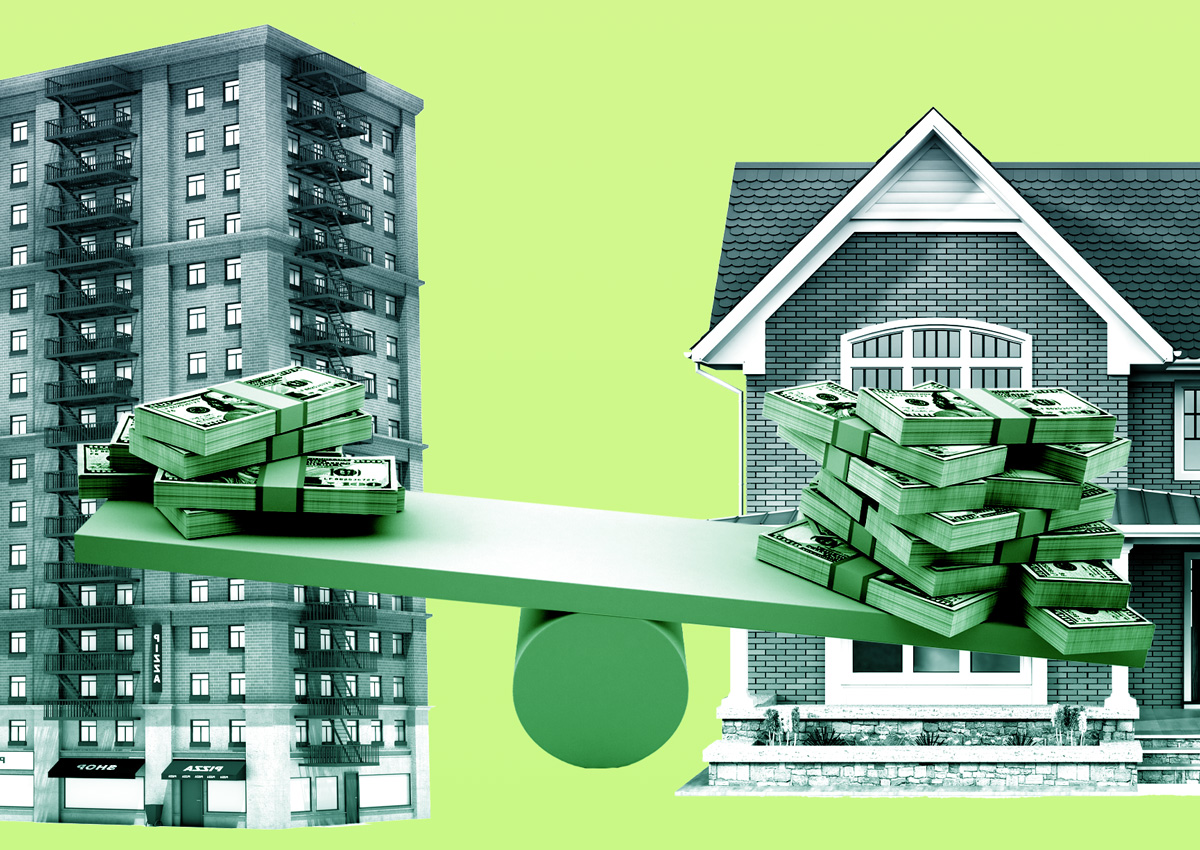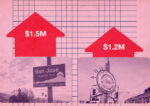Once upon a time, renting was the norm for those who were saving towards a down payment and homeownership. But even the wealthiest Americans are turning into “forever renters.”
Millionaire renters are a rising faction in the market, the Wall Street Journal reported. Their market share among tenants is relatively muted, but there’s enough of them that developers and designers are starting to cater to their whims.
From 2018 to 2022, the share of renters with a $750,000 annual income rose to 10.5 percent, according to data from IPUMS at the University of Minnesota. That’s the highest level of wealthy renters since the survey tracking shares started in the mid-2000s.
That’s not the only historic notch for rich renters. For households with a net worth ranked in the top 5 percent, the share of renters jumped to 3.7 percent in 2022, per the Federal Reserve’s Survey of Consumer Finance. That’s a record high dating back to the 1990s.
While the data is not broken down by state, the challenge of renting versus owning is playing out in the same way across the country. There’s not a single market among the top 50 in the country where buying is cheaper than renting, according to Bankrate.
Wealthier Americans face the same housing affordability struggles, though to a much lesser degree. As mortgage rates jumped and prices followed in tandem, those with means chose to rent and put money into stocks and investments rather than housing. Rising costs of homeownership — such as property taxes and insurance premiums — are also scaring away prospective buyers.
Convenience and flexibility also appeal to the rising cohort of wealthy renters.
Read more



As more Americans with money decide to rent rather than buy — even if only temporarily — developers are tasked with responding to the shifting winds. The Philadelphia-based firm Post Brothers is creating properties with larger floor plans and playrooms to cater to wealthier tenants positioned to rent for a long period.
